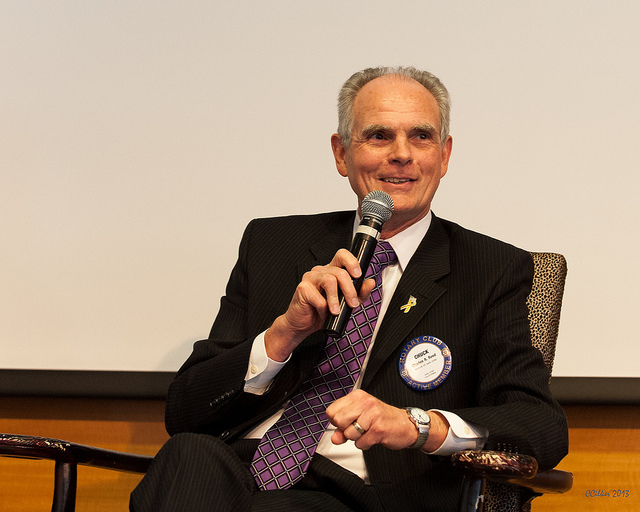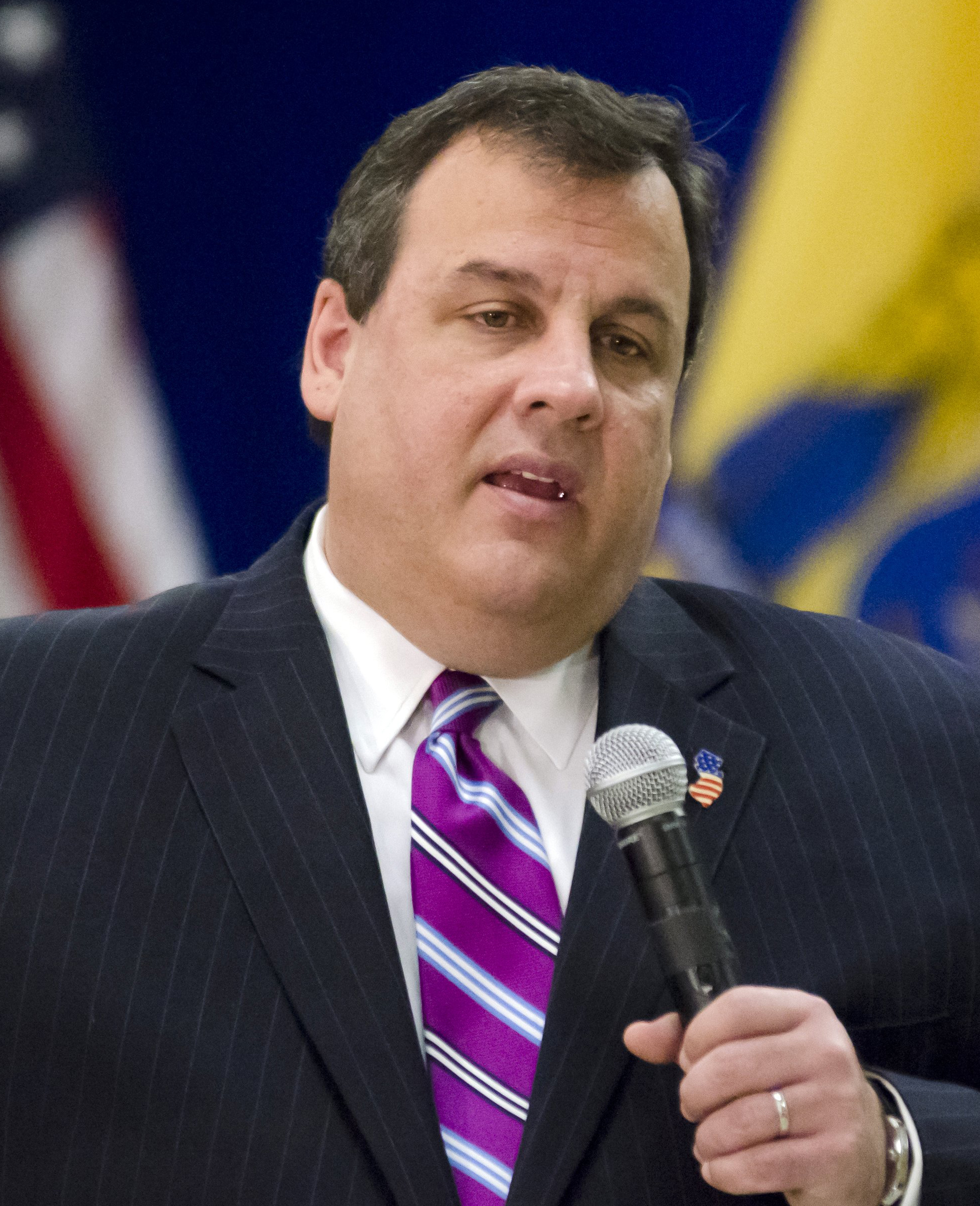
Leo Kolivakis is a blogger, trader and independent senior pension and investment analyst. This post was originally published at Pension Pulse.
Paul Taylor of Reuters reports, As pension reform crunch nears, Greek coalition looks fragile:
Greek Prime Minister Alexis Tsipras’ governing majority is looking fragile as crunch time approaches for a pension reform that will test his resolve to impose painful measures to satisfy Athens’ international creditors.
The coalition of Tsipras’ leftist Syriza party and the right-wing nationalist Independent Greeks has a majority of just three seats in parliament, and pro-European opposition parties that voted for Greece’s latest bailout are publicly refusing him any help on the toxic pension issue.
The overhaul, which must deliver savings worth 1 percent of gross domestic product or 1.8 billion euros next year, is the most sensitive of a raft of reforms demanded by the euro zone and the International Monetary Fund in return for up to 85 billion euros in aid in the country’s third bailout since 2010.
Trade unions have staged two 24-hour general strikes against further pension cuts and Tsipras has promised there will be no across-the-board reduction in benefits for retirees.
Tsipras says most of the savings will be achieved by ending early retirement under a law enacted last month, leaving about 600 million euros more to be saved.
“Hell, there must be ways to find those 600 million euros. It’s not 6 billion, it’s 600 million,” he said in a television interview this week after critics said he would struggle to avoid a new round of unpopular pension cuts.
Instead the government is proposing to increase social security contributions, mostly by employers – a move the lenders warn would deter job creation and set back economic recovery, setting the stage for tough negotiations next month.
WARS OF WORDS
As the deadline approaches, Tsipras launched an attack on the IMF this week, saying it was making unconstructive demands on both sides and should make up its mind whether it wanted to stay in the Greek program.
That in turn triggered another war of words with Germany, the biggest European creditor, which insists the global lender must stay in the program to enforce tough discipline and to reassure German lawmakers.
Sources in Syriza say some deputies are unhappy at the prospect of a reform that will entail merging the country’s multiple underfunded pension funds and reducing state subsidies to the system and is bound to lead to lower benefits for many.
No one knows how many, if any, of the grumblers may refuse to back the law.
Aides say Tsipras will negotiate hard with the lenders but ultimately will face down any opposition in his own party and push the pension reform through parliament so that Greece can start negotiations with the euro zone on debt relief in March.
Tsipras dismissed talk of a wider coalition in the state TV interview, saying his 153 seats in parliament were more solid than the 225-seat majority which had initially supported a 2011-12 interim government of technocrat Lucas Papademos, which crumbled within six months.
Political sources say the prime minister has put out feelers to a small opposition party, the Union of the Centre, which has hinted its nine lawmakers might let the legislation pass.
Despite their tough public stance, other opposition parties could well abstain or absent themselves in sufficient numbers to ensure passage of the pension bill, the sources said.
“No one has an interest in having another election now,” said a senior political source, noting that the conservative New Democracy is in disarray ahead of a leadership election next week, and the center-left PASOK party is wary of taking any new responsibility for unpopular austerity measures.
The source said that while his “central scenario” was that Tsipras would ram the pension reform through, there was a risk that the prime minister would decide to play for time, delaying any reform until pressure mounted and the threat of another destabilizing Greek crisis began to affect financial markets.
A source on the lenders’ side said creditors could also play things long to increase reform leverage over Greece and push back debt relief talks until after sensitive regional elections in Germany and a general election in Slovakia in March.
While Tsipras remains Greece’s dominant politician, with no challenger in sight, Athens is awash with rumors of an “ecumenical government” combining technocrats with consensual politicians if he loses his majority.
The Greek pension system is effectively bankrupt and getting worse as the country keeps sinking into a debt deflation hellhole. It desperately needs to be reformed but with so many Greeks relying on grandpa and grandma’s pension which has already been cut to the bone, I’m not surprised there’s such massive opposition to reforming pensions.
Unfortunately, Greeks don’t have much of a choice. Either they reform pensions, which means merging them, introducing real governance which shields them from political interference, and risk-sharing so that they’re sustainable over the long-run or else those pensions are going to disappear altogether.
Of course, this is Greece and nothing in Greece ever gets done without drama. I’ve given up hope on Greece and Greeks. It’s quite shocking how they fail to grasp reality and this is reflected in the clowns they keep voting into power. I think Alexis Tsipras is finally taking the right stance but it’s a day late and a dollar short. The titanic is sinking and I expect another “Greek crisis” in the near future which will only exacerbate Europe’s deflation crisis (keep shorting the euro on any strength!).
Worse still, there’s no end of the deflation supercycle and this is bad news for all pensions, not just the ones in Greece. In fact, Greek pension bombs are exploding everywhere including Illinois where the unfunded pension liability has risen to $111 billion:
Illinois added another $6.4 billion to its already large unfunded pension liability in fiscal 2015, pushing the total to $111 billion, according to a state legislative report on Thursday.
The bad news on the pension front comes as a budget stalemate between Republican Governor Bruce Rauner and Democrats who control the legislature continues nearly halfway through the fiscal year that began on July 1.
Analysts at the legislature’s Commission on Government Forecasting and Accountability said changes in some actuarial assumptions at two of the five Illinois public employee retirement systems, along with insufficient state contributions, were the main reasons for the higher unfunded liability when fiscal 2015 ended on June 30.
Illinois has the worst-funded pensions among the 50 states and its funded ratio fell to 41.9 percent at the end of fiscal 2015 from 42.9 percent in fiscal 2014, the report said. Those percentages are well below the 80 percent level that is considered healthy.
Moody’s Investors Service and Fitch Ratings in October pushed Illinois’ credit ratings into the low investment grade triple-B level, citing the state’s pension funding problems, the budget impasse, and a growing structural deficit.
A cash crunch resulting from the budget stalemate forced Illinois’ comptroller to delay a $560 million November pension payment. However, stronger revenue this month made a $560 million December payment possible.
The legislative commission’s report projected that the state’s pension contribution will rise to $7.908 billion in fiscal 2017, which begins on July 1, from nearly $7.535 this fiscal year. The report also projected the unfunded liability will grow to $114.8 billion at the end of fiscal 2016 and will keep growing until it tops out at $132.16 billion in fiscal 2029.
Teachers’ Retirement System, the biggest of the five state retirement systems, said on Thursday that Illinois’ $3.986 billion fiscal 2017 contribution falls far short of the $6.07 billion that would be required using actuarial standards.
And it’s not just Illinois. The unfunded liability at Kentucky’s troubled public pension fund for teachers surged by more than $10 billion last fiscal year under new accounting rules intended to provide a more realistic picture of the worst funded public pension plans:
Kentucky Teachers Retirement System’s (KTRS) unfunded liability jumped to $24.43 billion in the fiscal year ended June 30, 2015, using new accounting rules known as GASB 67, compared to $14.01 billion in the prior year, a meeting of board members was told on Wednesday.
Under the rules Kentucky had to use a discount rate of 4.88 percent to calculate the net present value of its liabilities, compared to the 7.5 percent it would have used normally, said Beau Barnes, an executive and general counsel for the fund.
The unfunded liability of $14.01 billion in the 2014 fiscal year was calculated using the higher discount rate. Using the lower rate it would have been $21.59 billion.
News of the situation at the fund comes just days after Reuters reported that two of Kentucky’s pension funds for state employees would start exiting illiquid private equity investments as their funding status worsened.
Lawmakers have consistently failed to make required payments into the teachers’ fund, which is supposed to provide retirement security to over 122,000 state teachers.
“We are in a crisis,” Gary Harbin, KTRS executive secretary, was quoted as saying in the Lexington Herald Leader newspaper. “It’s a crisis for the teachers in the classroom today.”
An unfunded liability of more than $24 billion in the teachers’ fund alone is a staggering burden on a state with an annual budget of around $10 billion.
The sharp increase in the unfunded liability led to a decline in the system’s funded ratio to 42.5 percent from 45.6 percent, meaning the fund only has 42.5 cents for every dollar of pension benefits it owes to members.
The appropriate discount rate to use when calculating public pension fund liabilities is hotly contested. Most funds use a rate of 7 percent to 8 percent. Some economists say that is far too high and should be closer to prevailing long-term interest rates.
Using the 7.5 percent discount rate the system’s funded ratio increased to 55.3 percent from 53.6 percent in the prior year, Barnes said, and the unfunded liability actually fell slightly to $13.90 billion.
It’s about time U.S. public pensions start using more realistic assumptions to discount their future liabilities. When people tell me the Greek pension fiasco can never happen elsewhere, I tell them to open their eyes as it’s already happening all around the world, including in the United States where the trillion dollar state funding gap is set to explode higher as rates keep sinking.
Mark my words, a prolonged period of debt deflation will be brutal and unrelenting, especially for underfunded pension plans. Why do you think central banks are busy trying to save the world, introducing all sorts of unconventional monetary policy measures including negative interest rates?
These measures will punish pensions and force them to take increasingly more risk, but this exactly what central banks want to awaken “animal spirits” and stoke inflation expectations higher.
Will they succeed? I have my doubts and fear that the Fed is set to make a huge policy blunder if it raises rates next week. What really worries me is rising inequality and how deflationary this is for the U.S. and global economy.
In fact, Nobel-Prize winning economist Joseph Stiglitz wrote another great comment for Project Syndicate, When Inequality Kills, which discusses how rising inequality is literally very unhealthy for the U.S. economy and contributing to higher rates of drug abuse, alcoholism, and suicide.
But rising inequality is also adding to deflationary headwinds and this too spells big trouble for the United States of pension poverty. Unfortunately, America’s pension justice is going the way of its justice system, penalizing the most vulnerable and rewarding the most affluent, some of whom have the gall to propose a solution to the retirement crisis which primarily benefits them. And all of this is happening under the watchful eye of Congress which ensures the quiet screwing of America.
George Carlin was right: “it’s called the American dream because you have to be asleep to believe it.” This holiday season, try to read Joe Stiglitz’s latest book on inequality, The Great Divide, and make sure you read the chapter on the “Myth of America’s Golden Age” twice. Then read Thomas Piketty’s The Economics of Inequality, Tony Atkinson’s Inequality: What Can Be Done?, and Bob Reich’s Saving Capitalism: For the Many, Not the Few.
After reading these books, if you’re still convinced America, and by extension the world, doesn’t have a massive inequality problem which will threaten future growth and all but ensure a long period of secular stagnation that Larry Summers is warning of, then hats off to you! My bet remains on global deflation and I see the Greek pension disease spreading all over the world in the not too distant future, wreaking more havoc on our already frail pension systems.
Photo credit: “Flag-map of Greece” by en.wiki: Aivazovskycommons: Aivazovskybased on a map by User:Morwen – Own work. Licensed under Public Domain via Wikimedia Commons – https://commons.wikimedia.org/wiki/File:Flag-map_of_Greece.svg#/media/File:Flag-map_of_Greece.svg










